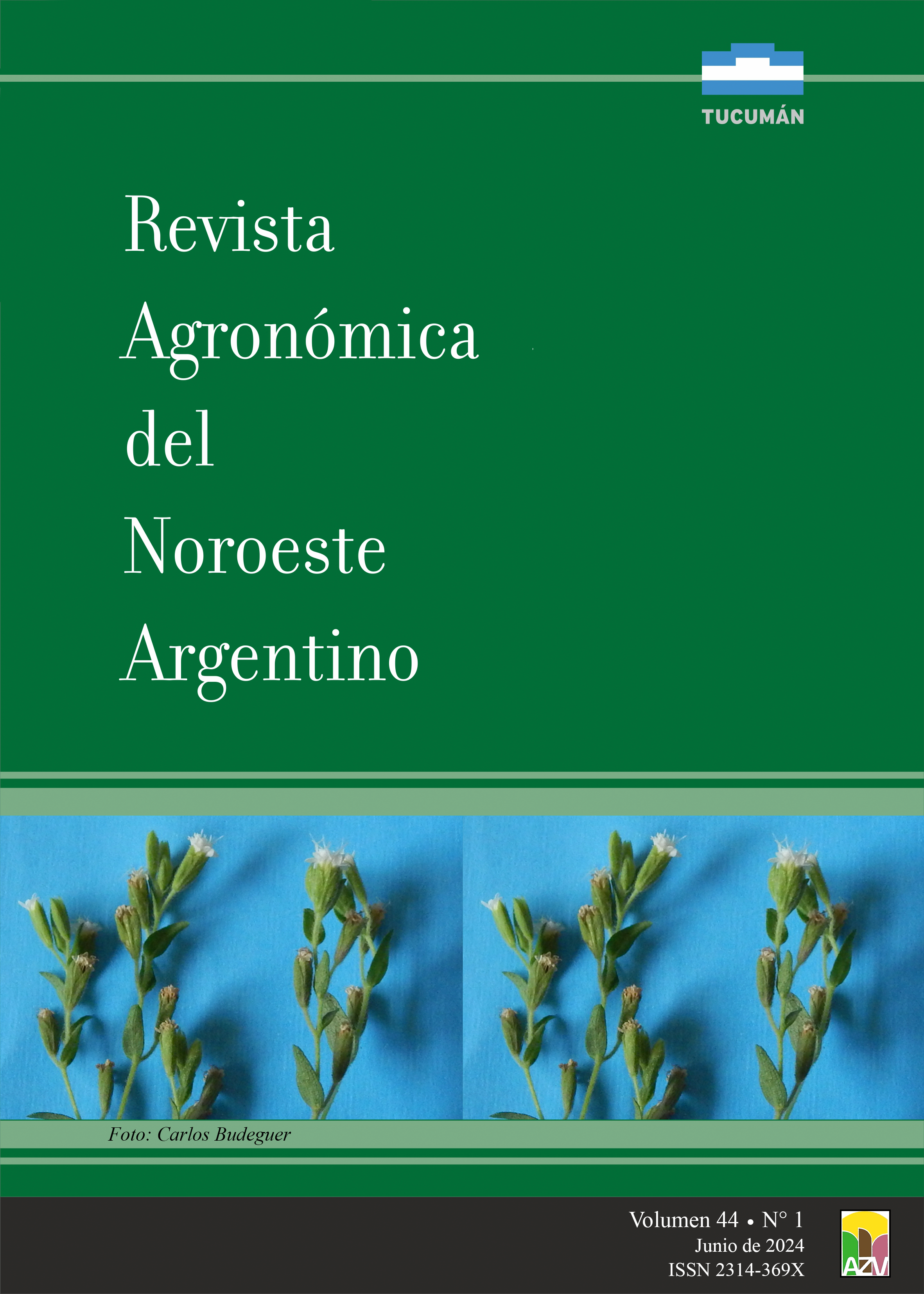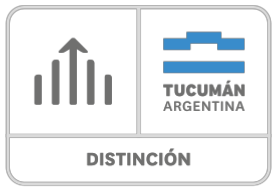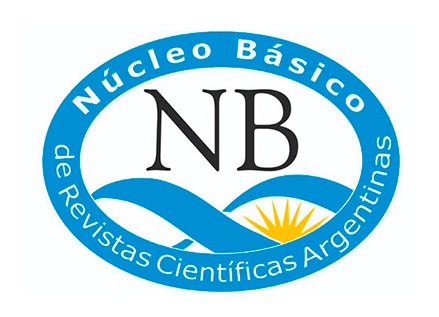Comparative analysis of ruminal fluid DNA quality obtained by different extraction methods
Keywords:
Bovine, Molecular biology, Polymerase chain reaction, Rumen microbiotaAbstract
Ruminants possess a digestive system that allows them to convert fibrous material into highly nutritious food, thanks to the microbial communities present in the rumen. Microorganism identification can be achieved through DNA analysis. This study aimed to compare the efficiency of five DNA extraction methods from ruminal liquid. Ruminal fluid samples were collected from a fistulated Braford steer. DNA extraction was carried out in triplicate using the following methods: saline precipitation with sodium dodecyl sulfate, precipitation with potassium acetate, phenol-chloroform method, DNAzol reagent, and a commercial kit method. DNA yield, integrity, and purity were assessed using spectrophotometry and agarose gel electrophoresis. The integrity was confirmed by polymerase chain reaction amplification of DNA fragments. Spectrophotometric and electrophoretic analyses revealed that all methods generated DNA with integrity, except for the potassium acetate method. The 260/280 and 260/230 ratios indicated the presence of contaminants in all methods. DNA obtained through the DNAzol and commercial kit methods was amplifiable in 100% of the samples. The results suggest that the DNAzol method produces DNA with integrity and purity comparable to the commercial kit method, making it equally effective for molecular biology techniques.
Downloads
Published
Issue
Section
License
Copyright (c) 2024 Revista Agronómica del Noroeste Argentino

This work is licensed under a Creative Commons Attribution-NonCommercial-ShareAlike 4.0 International License.









